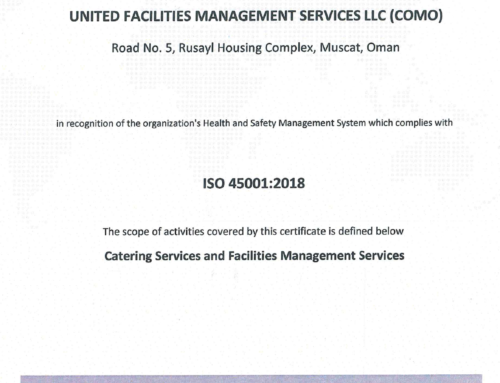| In each and every workplace you can find numbers of Unsafe practices, Unsafe conditions which are finally leading to Near miss /Accident / Inicdent / Injury / Damage / illness, Reporting of all such events is very imortant to improve the organizations safety and health program. Near-miss identification and reporting is an integral part of any good safety program.What is Near Miss?
Examples of Near Miss
|
| Why Near Miss reporting is important?
Each near miss is a warning that something isn’t right and we’ve been fortunate, this time. We’ve been given a chance to take action to stop it happening again and avoid harm, loss or damage. Workers may be more motivated to report near misses, if they understand the importance of near miss reporting it will help for the improvement of workplace safety. Therefore, in order to encourage near miss reporting, organizations should train workers on the value of near misses and their role in properly managing near miss events. How Do Near Miss Reporting Systems Prevent Future Incidents? Many safety activities are reactive and not proactive, and some organizations wait for losses to occur before taking steps to prevent a recurrence. Near miss incidents often precede loss producing events but may be overlooked as there was no harm (no injury, damage or loss). An organization may not have a reporting culture where employees are encouraged to report these close calls. Thus, many opportunities to prevent the incidents are lost. History has shown repeatedly that most loss producing events (incidents), both serious and catastrophic, were preceded by warnings or near miss incidents. Recognizing and reporting near miss incidents can significantly improve worker safety and enhance an organization’s safety culture Abdul Jabbar |










